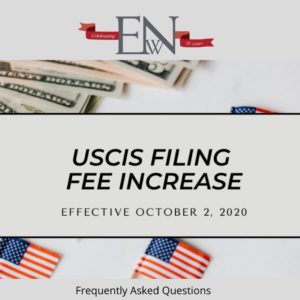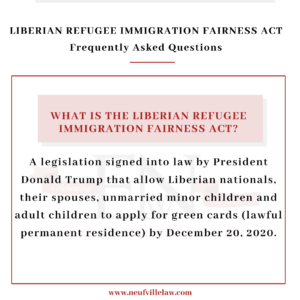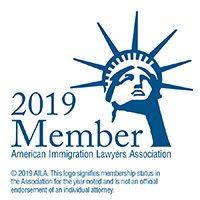What does the Employer do?
Qualify as a U.S. Employer: The employer must have a federal tax identification number. Foreign businesses not established in the U.S. can not use this visa to bring employees here.
Obtain an Approved Labor Condition Application: The employer must prepare and file a Labor Condition Application (LCA) with the Department of Labor (DOL). The LCA is a form that must be carefully prepared and posted in 2 conspicuous places at the worksite. It requires the employer to describe the position and salary. The LCA also requires the employer to attest to complex facts concerning the wage, working conditions, labor conditions, and the giving of notice.
Once it is approved, the employer then files a petition with the U.S. Citizenship and Immigration Services (USCIS), a part of the Department of Homeland Security. The employer must document that the position requires the services of a person in a “speciality occupation.” This means a person who is working in a professional position that requires a minimum of a bachelor’s degree in a field relevant to the position or its foreign equivalent.
What are the employer’s obligations and liabilites?
Completing the LCA is just the beginning. The employer must maintain a public access file containing information about the required wage to be paid to the H-1B worker and the posting of the notice. The employer must also maintain wage and hour records, as well as information concerning working conditions for all similar situated employees. Upon request, these records must be provided to DOL’s Wage and Hour Division.
If an employer does not document the wage, pay the required wage, or maintain the required records, the employer could be liable for substantial penalties, including back pay and fines of up to $35,000 per violation. The employer could even lose the right to apply for the H-1B workers as well as all other immigrant and nonimmigrant petitions for up to three years.
Employers are required to pay the education fund fee for each H-1B petition. An attorney can provide you with the applicable filing fees. If the employer terminates the services of the employee before the expiration of the H-1B status, the employer is responsible for paying the employee’s return transportation to his or her last foreign residence.
What must a H-1B dependent employer do?
A dependent employer is one who has employed more than the specified percentage of H-1B workers relative to the workforce, determined by the size of the employer. Dependent employers are required to additionally attest that they have not displaced U.S. workers and have taken steps to recruit U.S. workers. The dependent employer may be exempt from these attestations, however, depending on the salary and degree-requirement of the H-1B worker.
What does the Employee do?
The employee must prove that he or she is qualified for the speciality occupation and the specific job offered by the employer. The employee must be able to show that his or her foreign university degree and/ or work experience is the equivalent of a U.S. degree.
Workers in the U.S. who currently hold a valid nonimmigrant visa may apply in the U.S. for H-1B status. For example, if a worker is in lawful student status (an F-1 visa), he or she may seek a change from F-1 to H-1B. This change gives the person the ability to work in the U.S. for the sponsoring employer. However, the H-1B employee may change employers if hte new employer files a petition on his or her behalf. If the worker needs to travel abroad, he or she will need to apply for an H-1B visa at a U.S. consulate. Workers not in lawful status in the U.S. or those residing abroad must apply for an H-1B visa at a U.S. consulate, and may not apply for H-1B status in the U.S.
What are the Employee’s Liabilities?
Under current law, a person who fails to maintain status (e.g. by engaging in authorized employment, or by staying beyond the authorization period) may be required to depart the U.S. and may be ineligible to return, depending upon how such failure to maintain status existed.
How long can the H-1B employee remain in the United States?
The H-1B is a temporary status with specific limitations on periods of stay in the U.S. The initial petition may be approved for up to three years. The initial petition may be approved for up to three years. After the initial period, three more years are available.
The employer must update or refile the LCA and must file H-1B petition extensions. After six years, the worker must spend one year outside the U.S. before he or she is entitled to have another H-1B visa. Many workers on H-1B visas obtain permanent residence status (the “Green Card”) during their initial stay in the United States. H-1B visa holders pursuing a Green Card may, in some cases, extend their stay beyond their six-year limit.
The H-1B employee’s spouse and unmarried children under 21 years may be granted an H-4 visa. H-4 visa holders are not permitted to work in the U.S. They may, however, attend school.
















